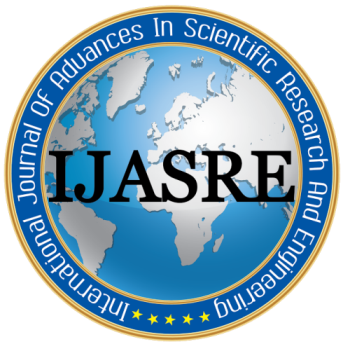FAKE NEWS AND MISINFORMATION
Keywords:
Fake news, False information, Misinformation,, Fact checkingAbstract
Fake news is a type of propaganda that consists of deliberate misinformation. This false information is mainly spread through journals, magazines, mainstream media or social media. With the increasing popularity of social media and mobile phone, more and more people consume news from social media instead of traditional news media. Thus social media has proved to be a powerful source for fake news propagation. This paper provides a brief introduction to fake news.
References
“Fake news website,” Wikipedia, the free encyclopedia
https://en.wikipedia.org/wiki/Fake_news_website
A. Campan, A. Cuzzocrea, and T. M. Truta, “Fighting fake news spread in online social networks: Actual trends and future research directions,” Proceedings of the
IEEE International Conference on Big Data, 2017, pp. 4453 – 4457.
E. C. Tandoc, Z. W. Lim, and R. Ling, “Defining ‘Fake News’,” Digital Journalism, vol. 6, no. 2, 2018, pp. 137-153.
“Fake news,” Wikipedia, the free encyclopedia
https://en.wikipedia.org/wiki/Fake_news
M. C. Sullivan, ”Why librarians can’t fight fake news,” Journal of Librarianship and
Information Science, 2018
K. Gallagher and L. Magid, “Media literacy & fake news,”
https://www.connectsafely.org/wp-content/uploads/Media-Literacy-Fake-News.pdf
M. Granik, and V. Mesyura, “ Fake news detection using naive bayes classifier,”
Proceedings of IEEE First Ukraine Conference on Electrical and Computer Engineering, 2017, pp. 900-903.
N. Kshetri and J. Voas, “The economics of “fake news”, IT Pro, November/December 2017, pp. 8-12.
A. Amarasingam, The Stewarr/Colbert Effect: Essays on the Real Impacts of Fake News. Jefferson, NC: McFarland & Company Publishers, 2011.
Downloads
How to Cite
Issue
Section
License
Copyright (c) 2018 Matthew N O Sadiku, Tochukwu P Eze, Sarhan M Musa

This work is licensed under a Creative Commons Attribution-NonCommercial 4.0 International License.







